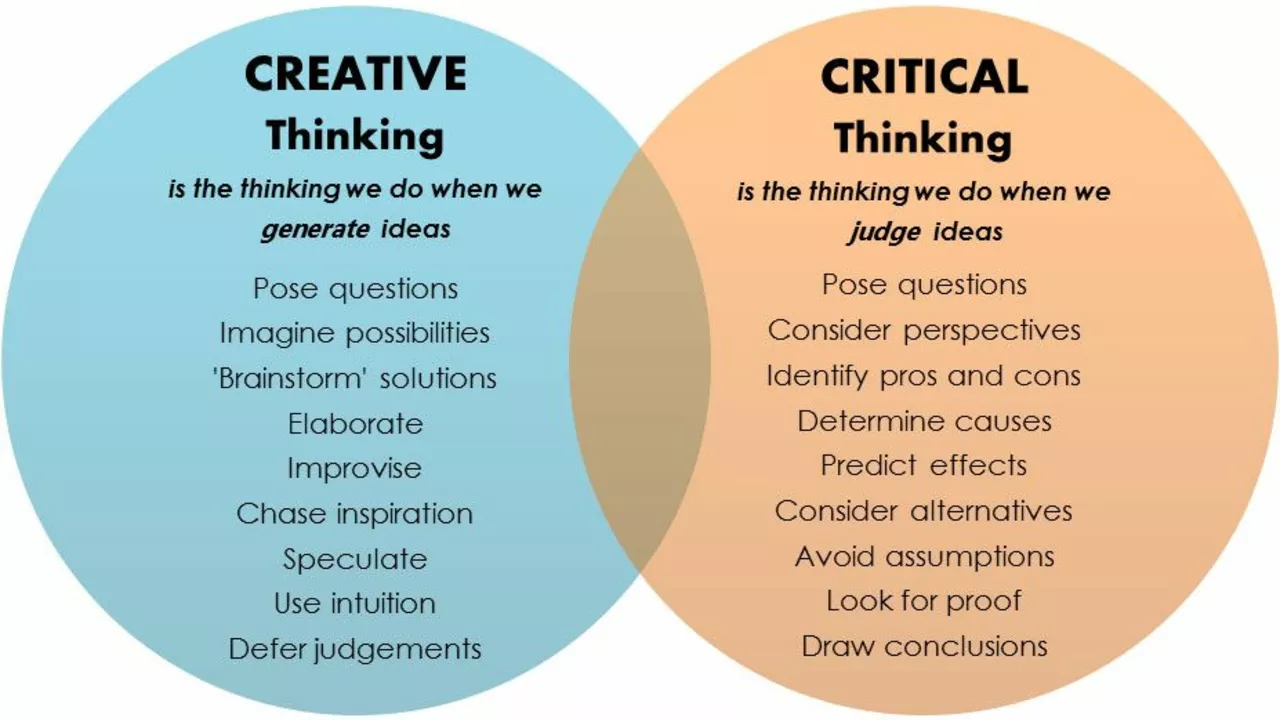Negative Perspective: Why Critical Views Matter in City Life
Whenever something in the city feels off, you’ll find a post under the negative perspective tag. It’s the space where writers point out flaws, question policies, and call out hype. Instead of just celebrating new malls or festivals, these articles ask the hard questions that most readers ignore.
What is a Negative Perspective?
A negative perspective isn’t about being gloomy for the sake of it. It’s a deliberate look at the downside of a trend, a product, or a decision. Think of it as the city’s reality check. For example, a piece on the latest GST rate cuts explains that while car prices drop, the tax shift could strain small businesses. Another article on Indian news channels drags out how sensationalism can erode trust. Both pieces share a common goal: to highlight what’s missing from the glossy headlines.
How It Shapes Urban Conversations
When readers see a balanced view, they’re more likely to join the conversation. A post about Amit Shah urging IPS probationers to quit social media sparks debates about free speech and discipline. A review of the Redmi K50 Pro Plus that lists its strengths and weaknesses helps shoppers make a smarter choice. By exposing the negative side, the tag builds a community that values honesty over hype.
These articles also serve as a guide for decision‑makers. Policymakers who read the criticism about education reforms can see where the system is falling short. Travelers checking the best airline from India to the USA can weigh cost against comfort after reading the practical pros and cons. In short, the negative perspective tag turns complaints into useful data.
Reading a few of these pieces gives you a quick pulse on what’s bothering city dwellers right now. From price cuts on Mahindra SUVs to the cultural nuances of dating Indian women, each story adds a piece to the urban puzzle. The common thread is curiosity: the writer wants to know why something works poorly and how it could improve.
So, if you’re scrolling through Urban Daily Digest and stumble upon the negative perspective badge, treat it as a shortcut to the city’s most pressing issues. It’s not a hate‑fest; it’s a toolbox for better choices, smarter debates, and a clearer picture of urban life.
Next time you hear a buzz about a new event or policy, pause and ask: what’s the other side of this story? The answer is probably waiting under the negative perspective tag, ready to give you the insight you need.
The Significance of 'Education' in Evaluating Perspectives
As a blogger, I've been exploring the question, "Is India the worst country?" To answer this, it's crucial to acknowledge that every nation has its challenges and strengths, and India is no exception. While it faces issues like poverty and pollution, it's also a country rich in culture, history, and diversity. It's important to refrain from labeling any country as 'the worst' because it oversimplifies complex matters and hinders constructive discussion. Instead, let's focus on understanding and addressing the issues while celebrating the positives.
